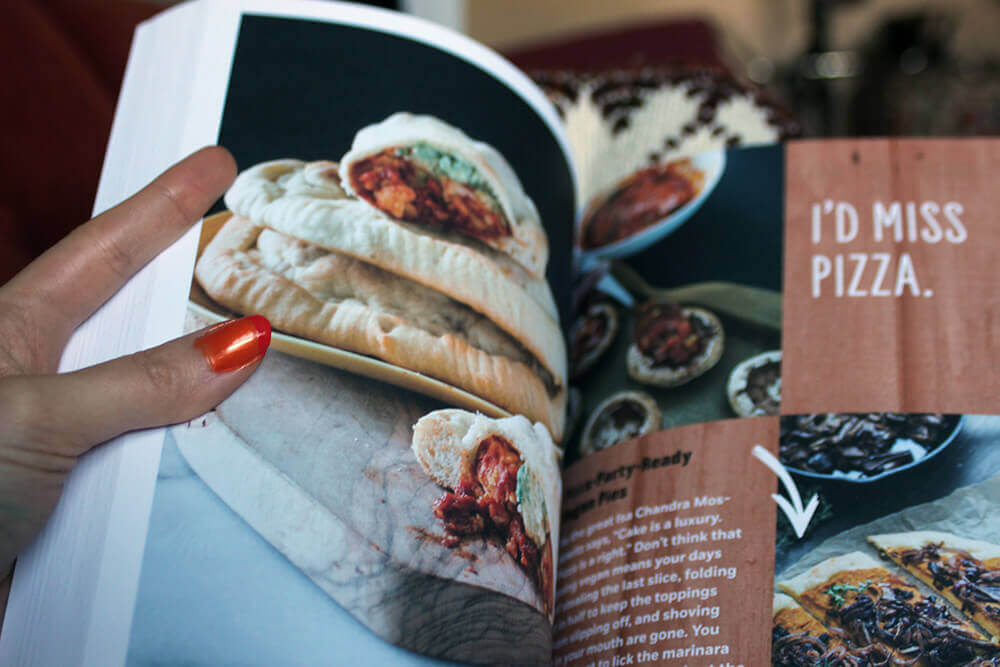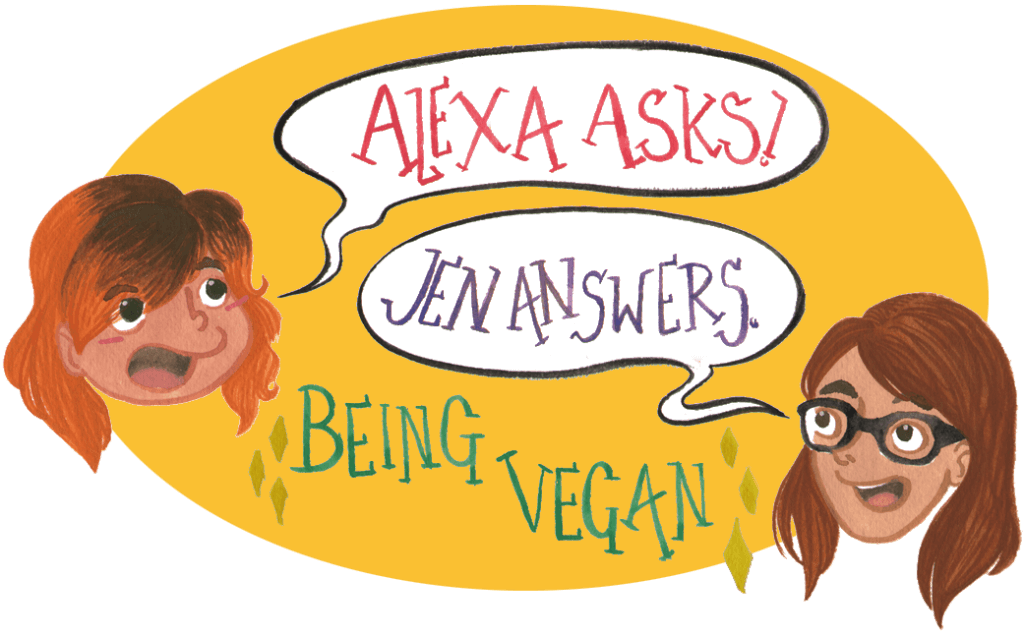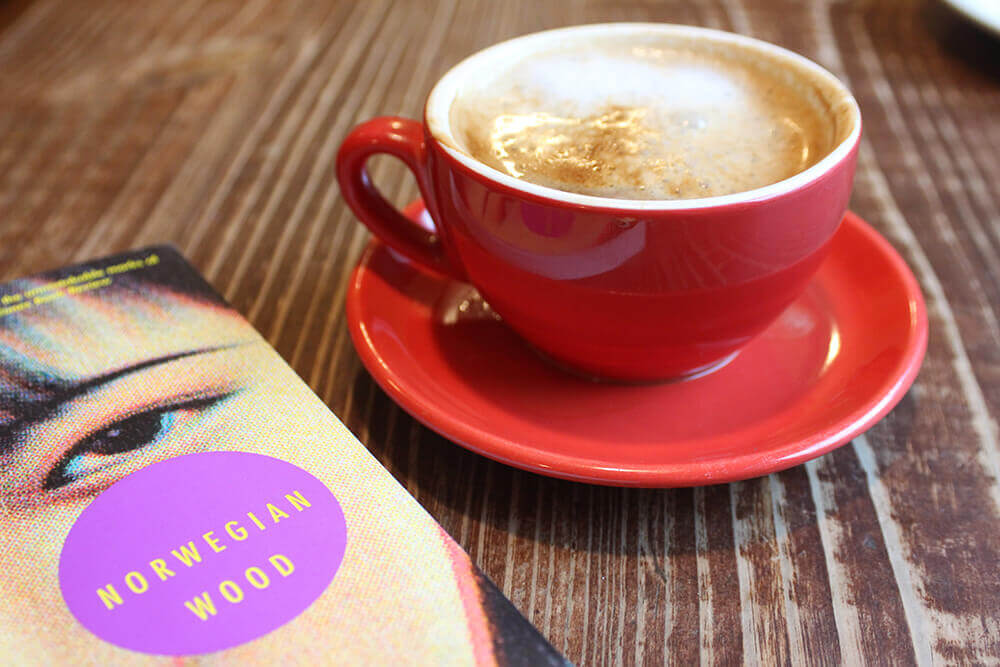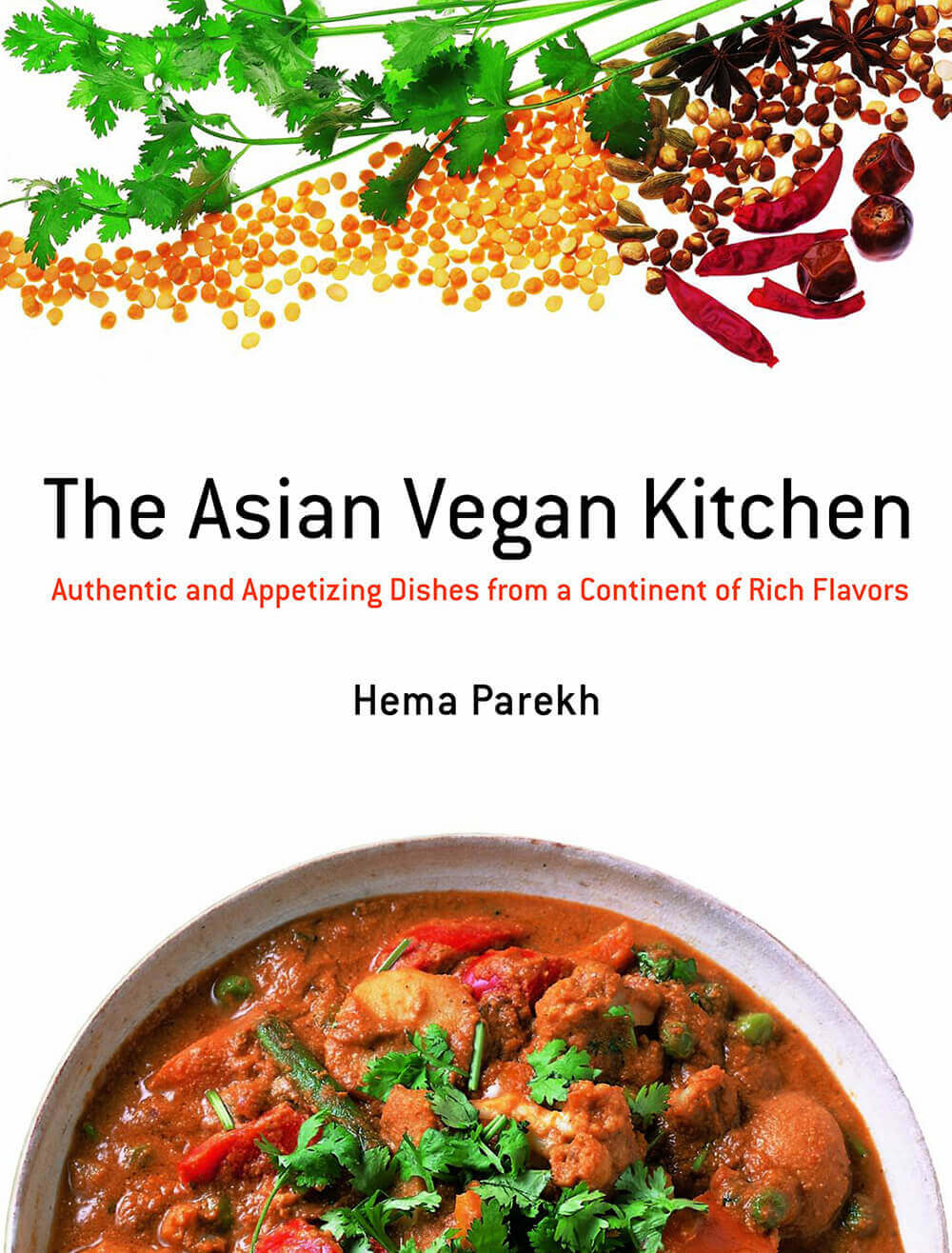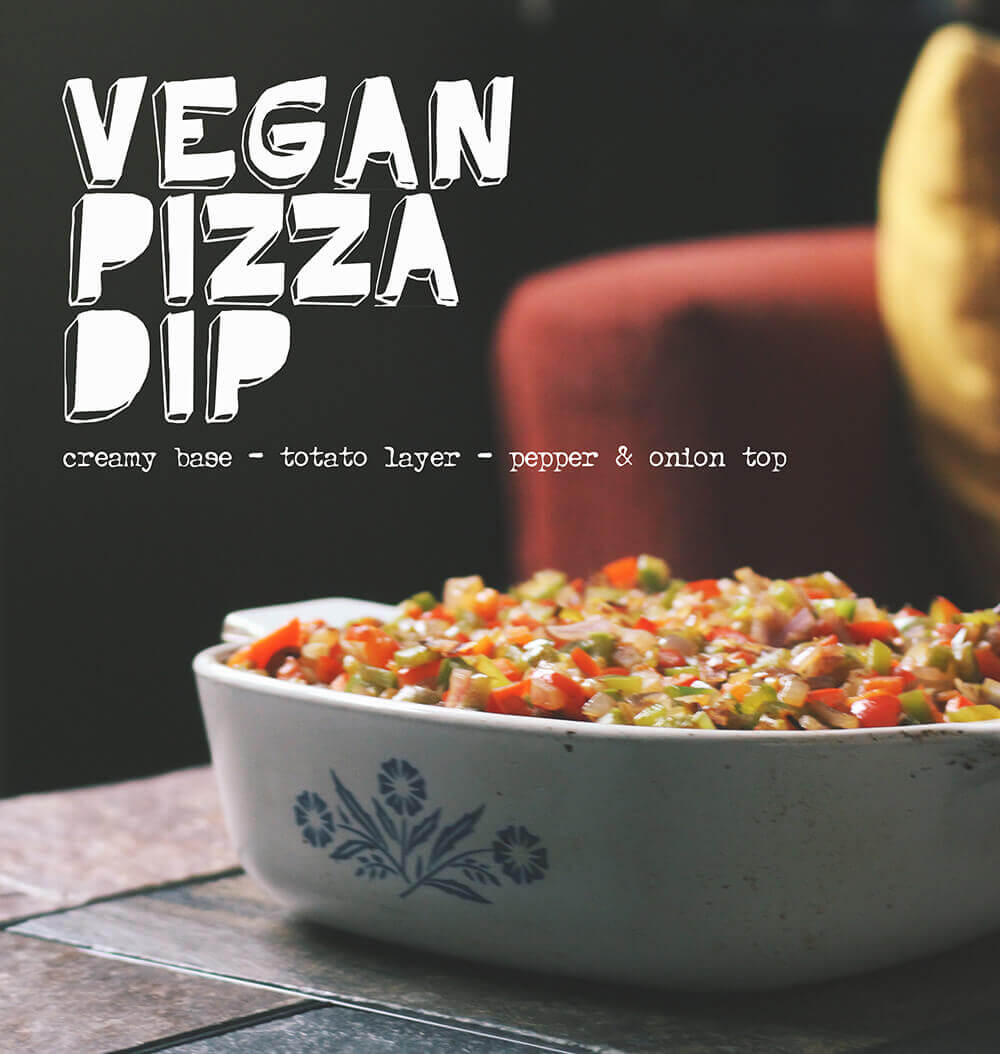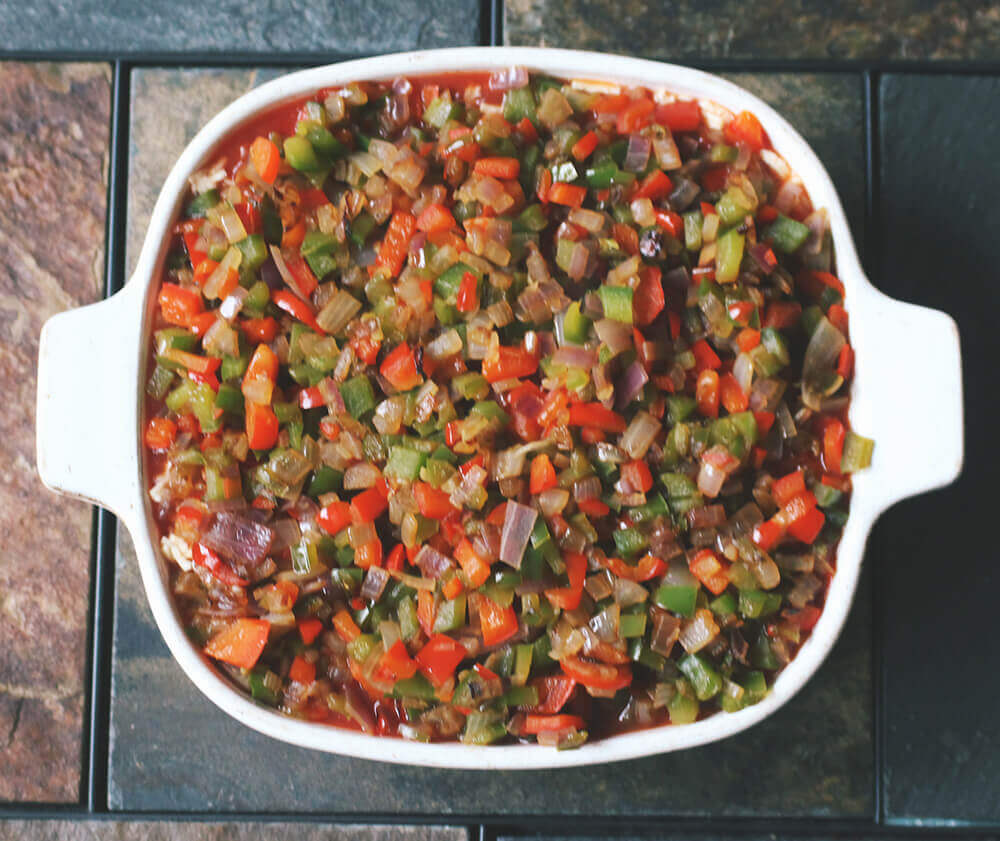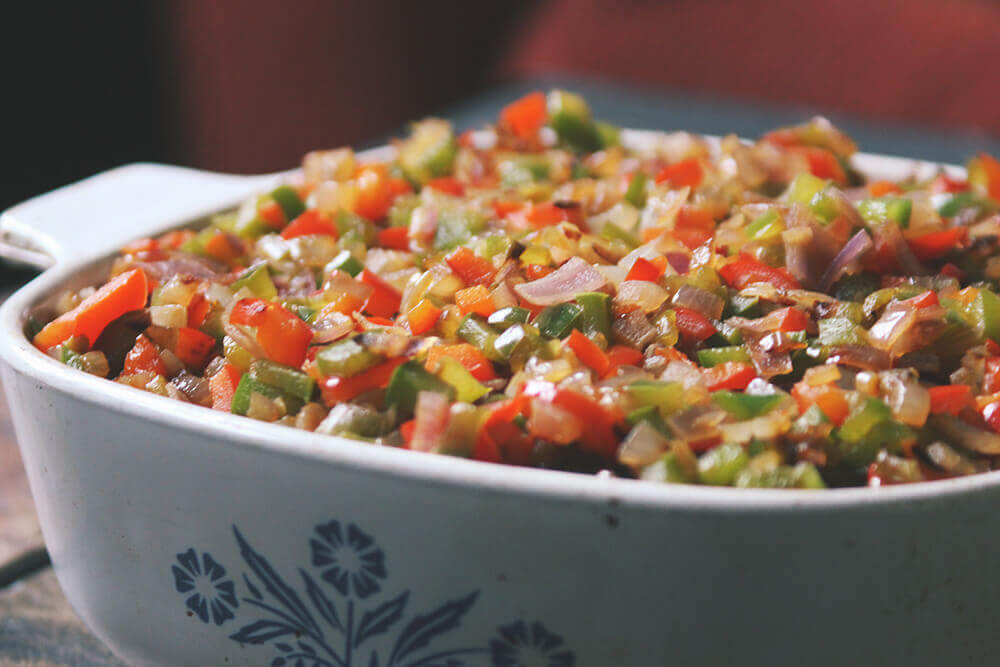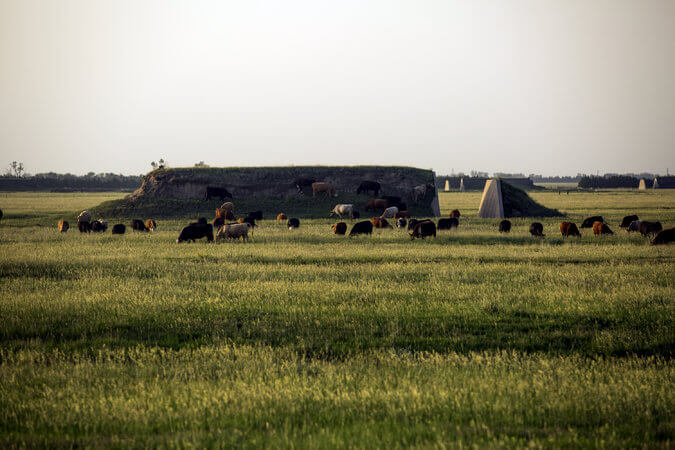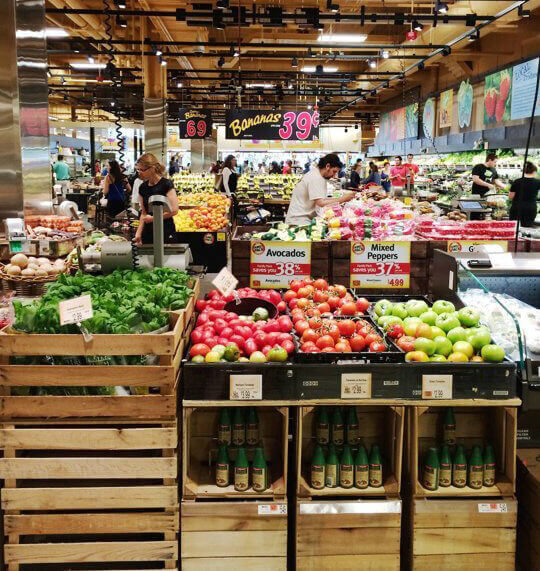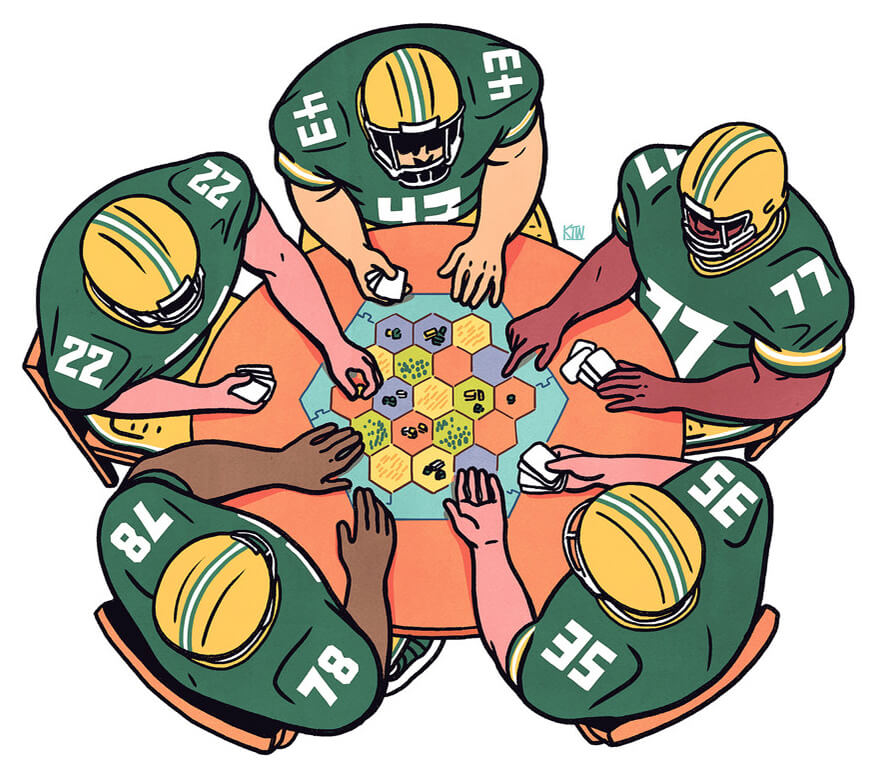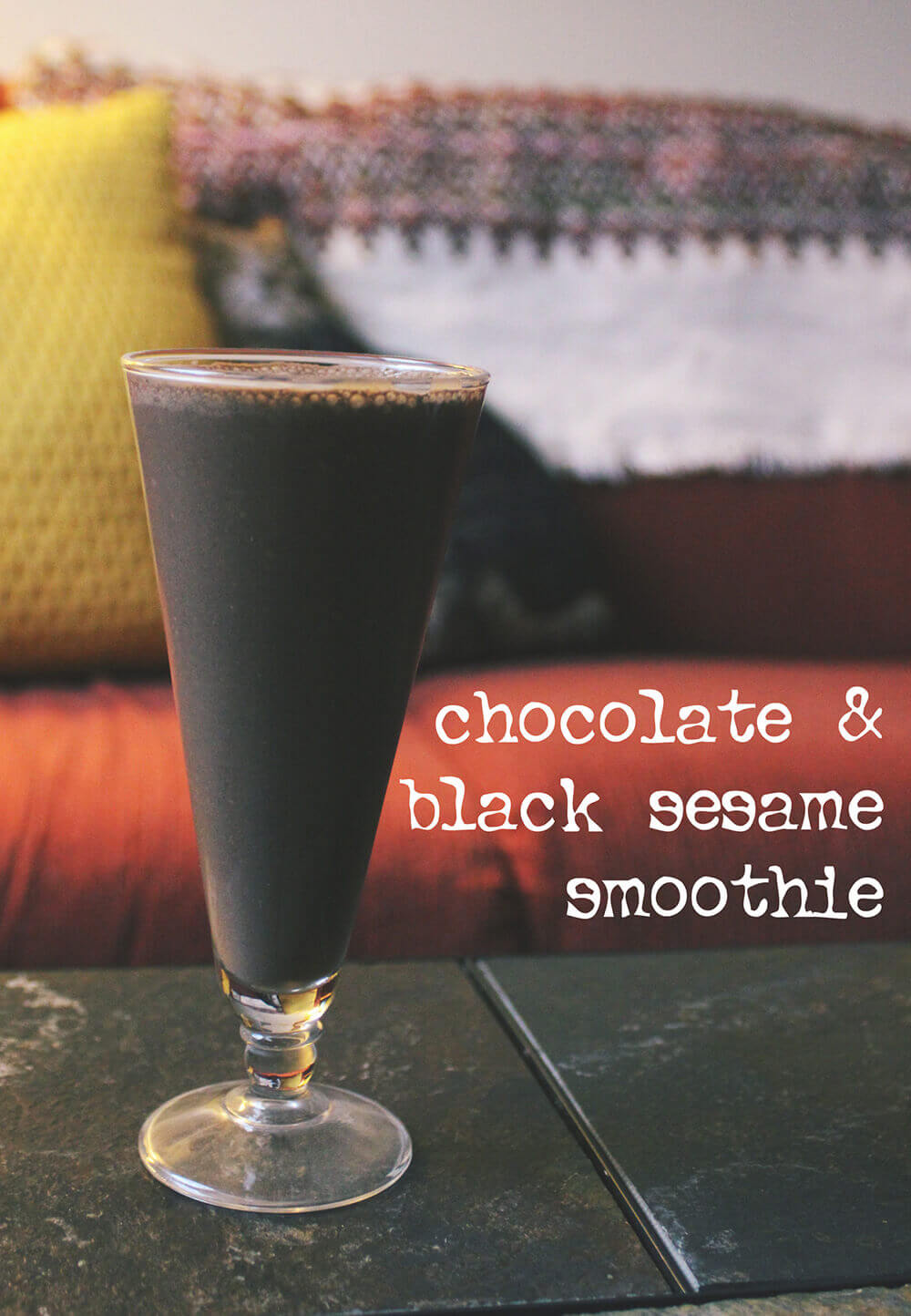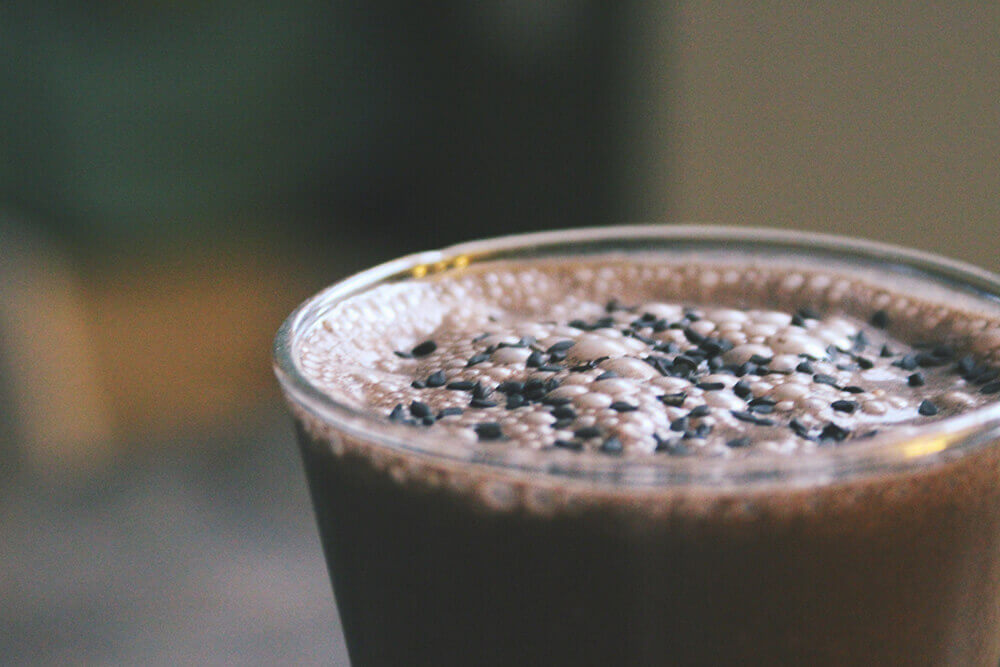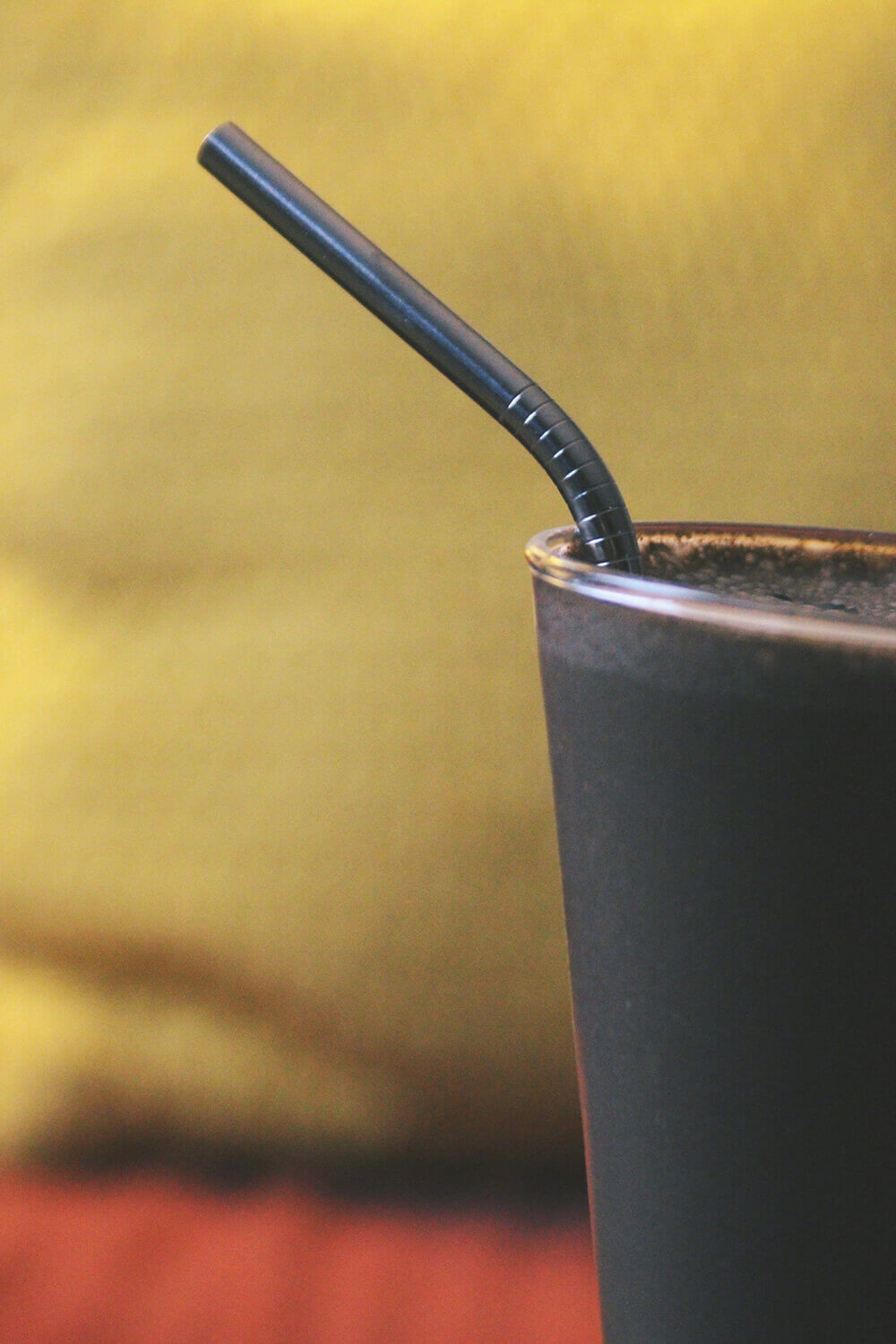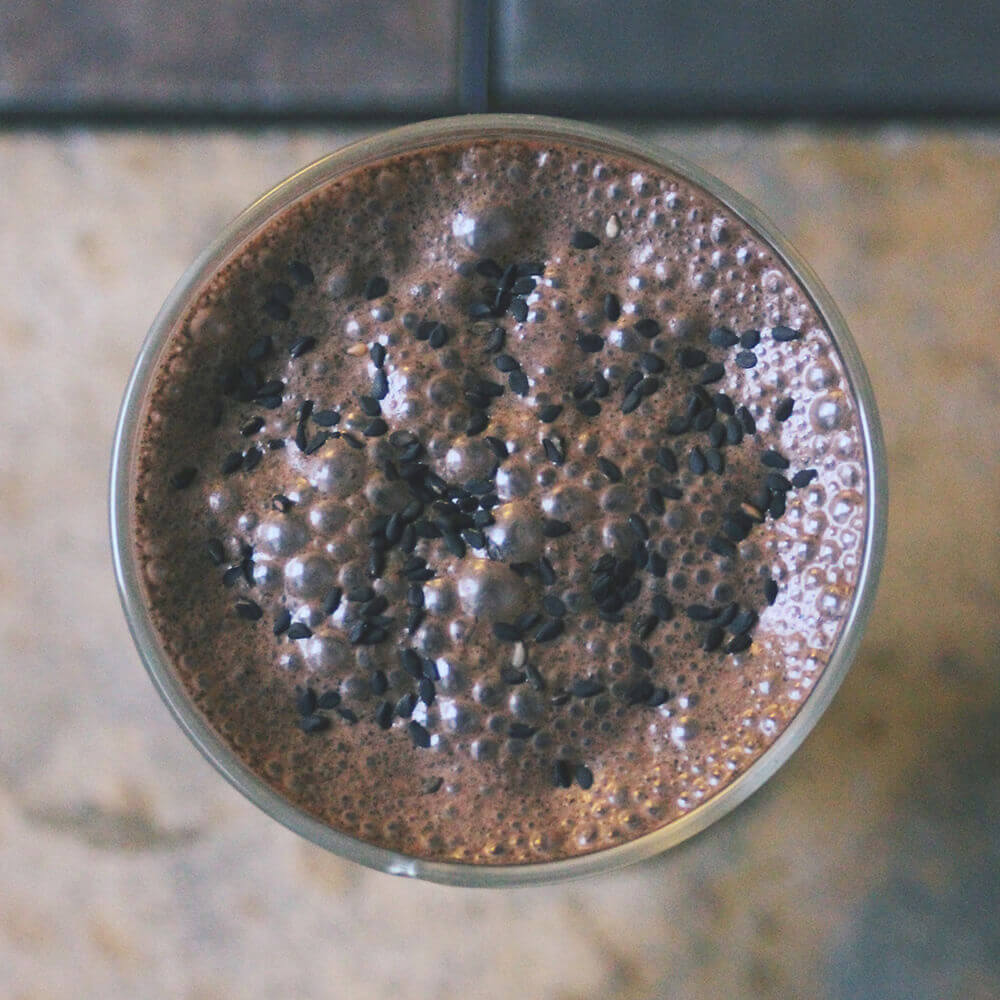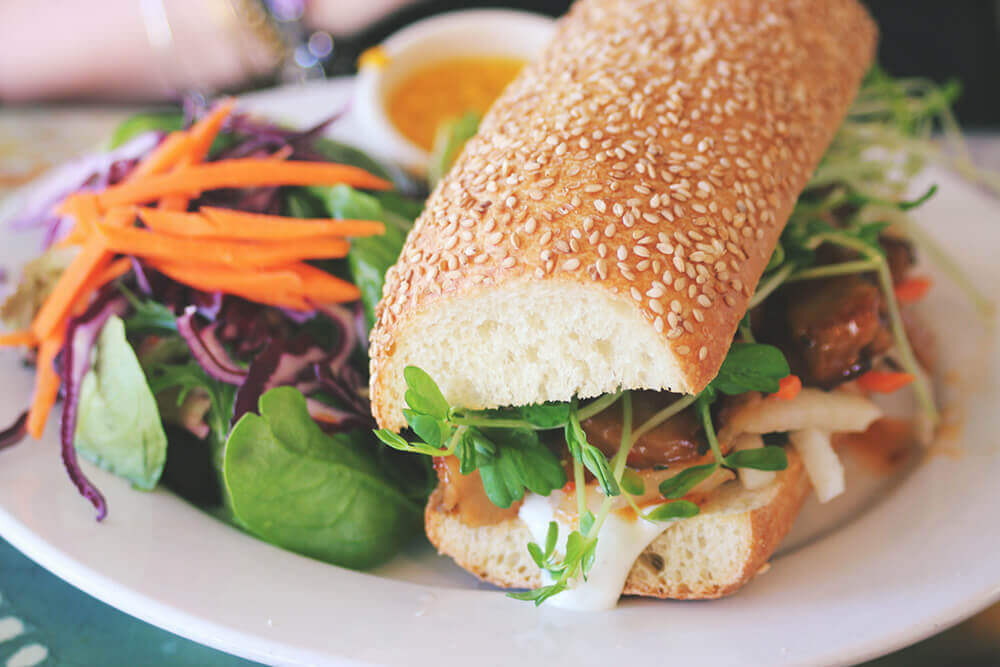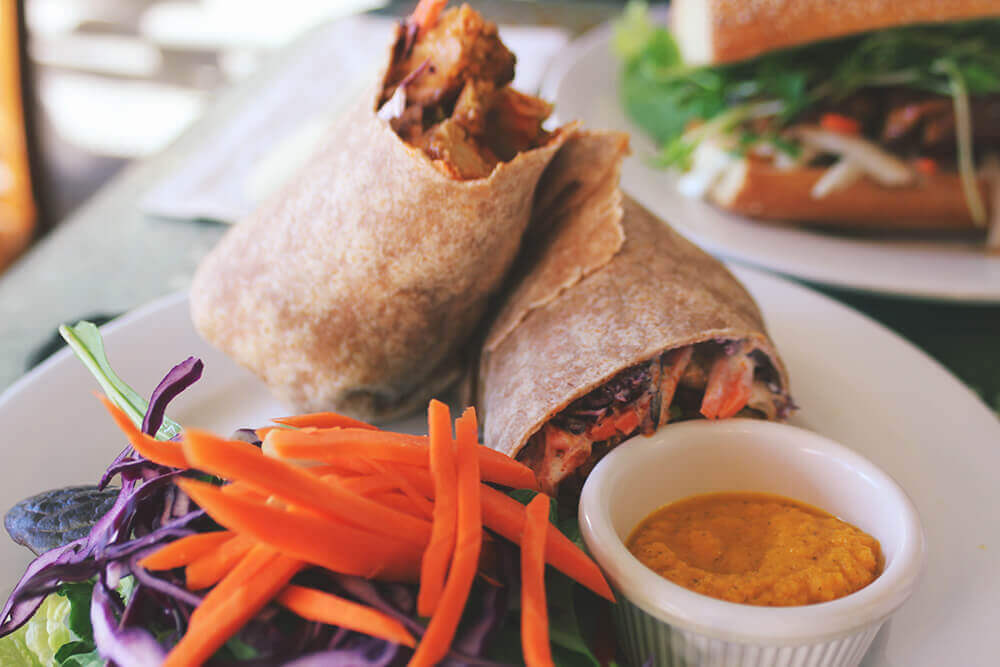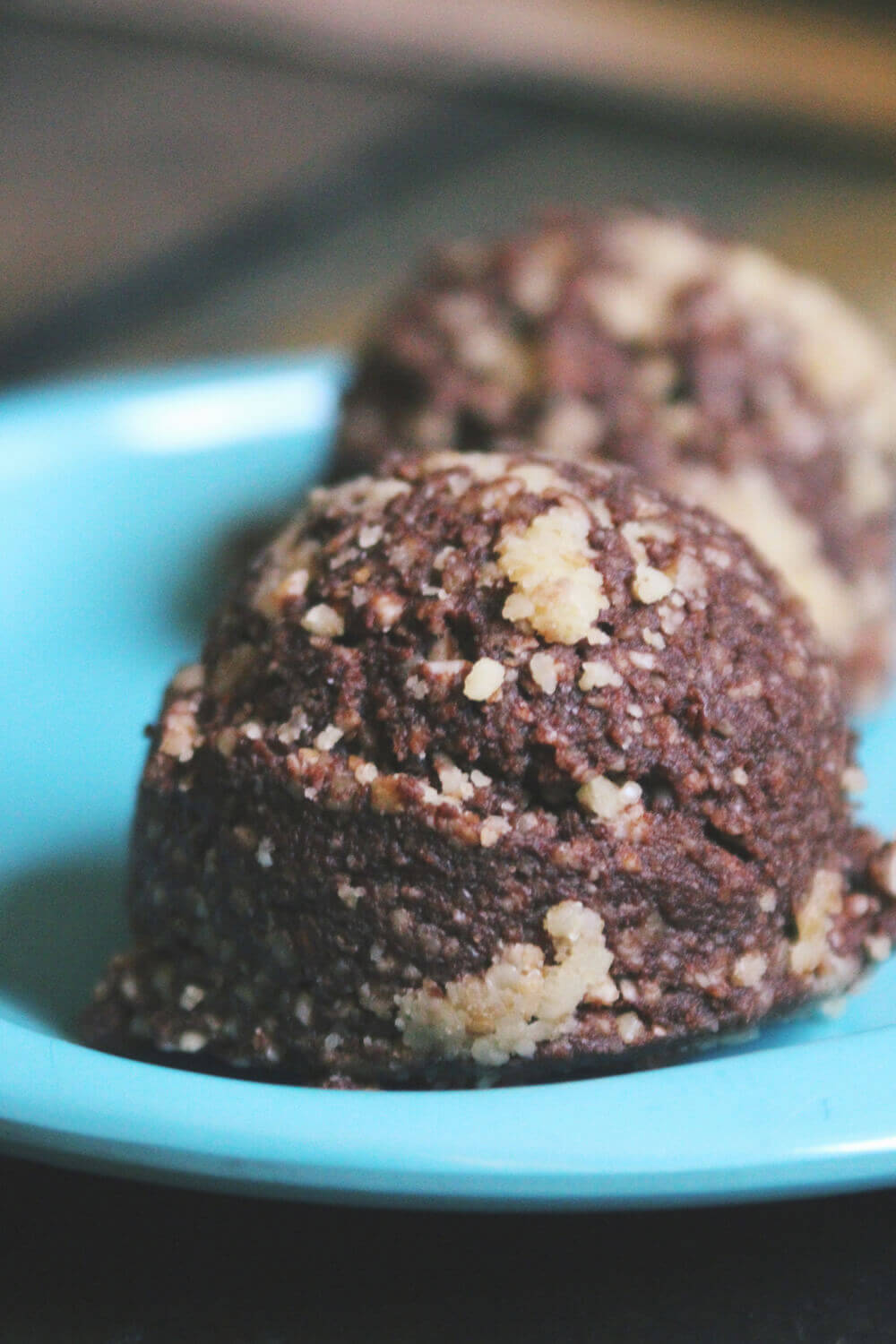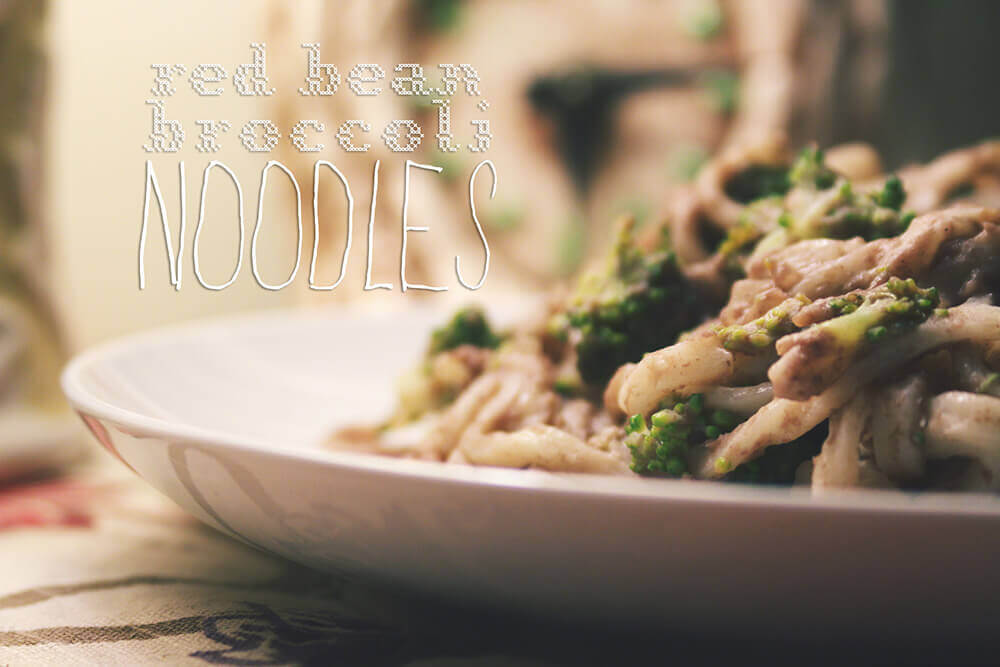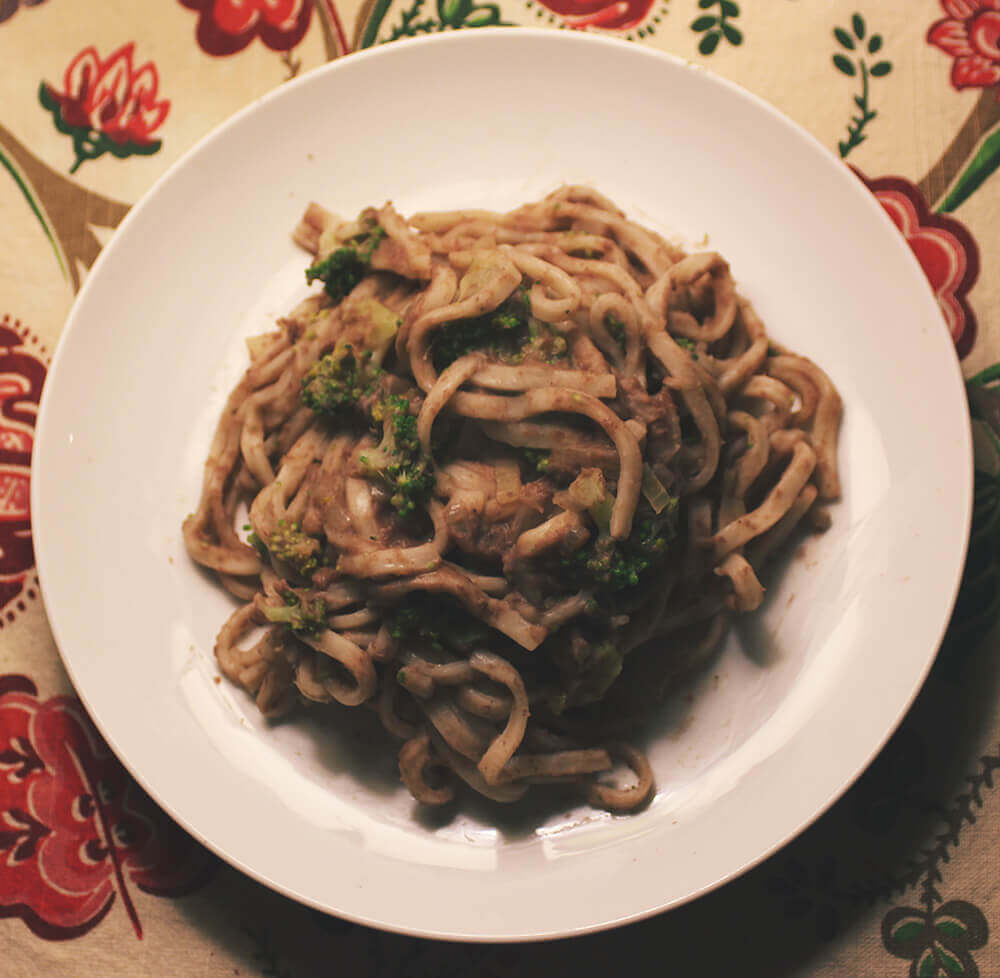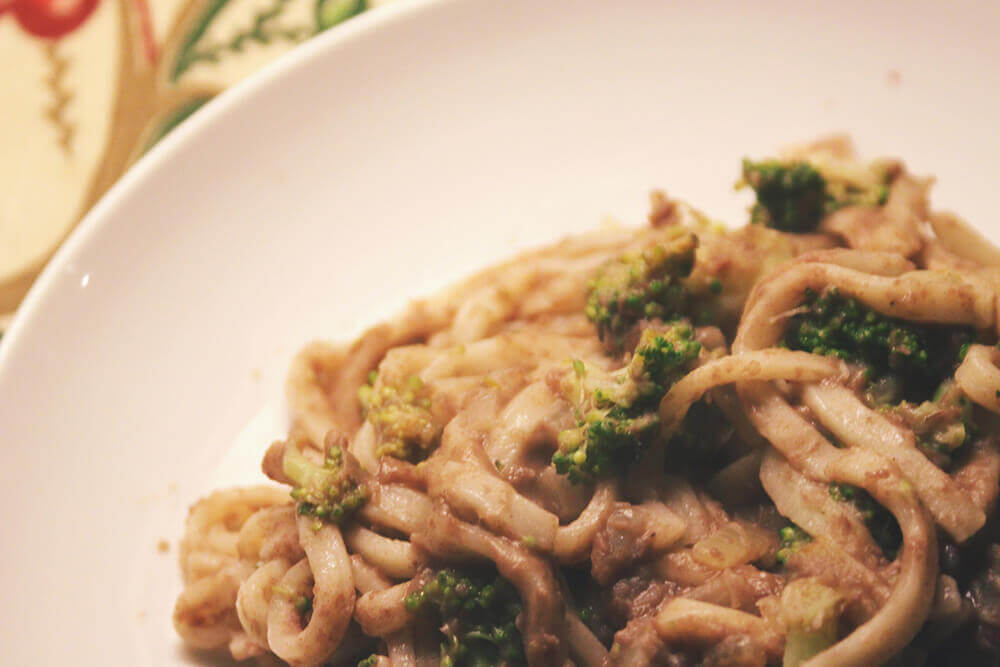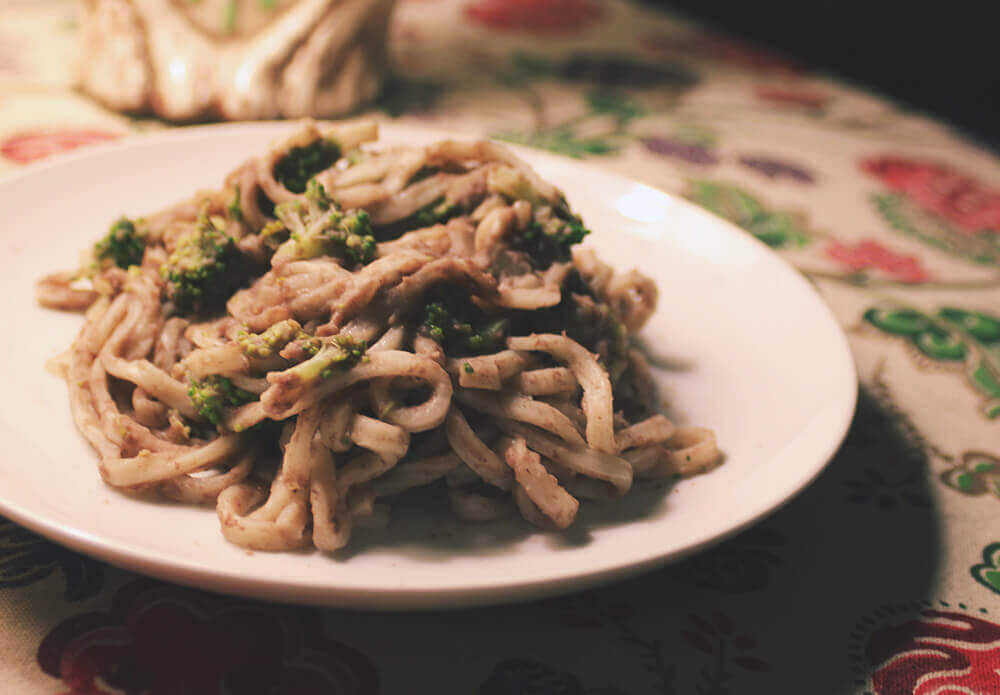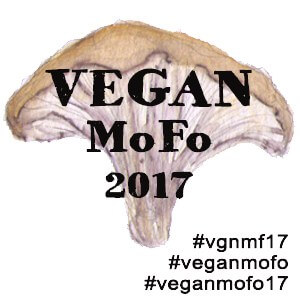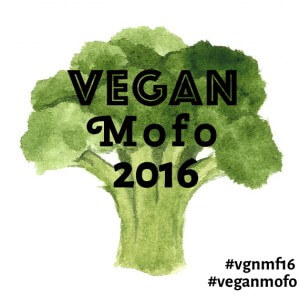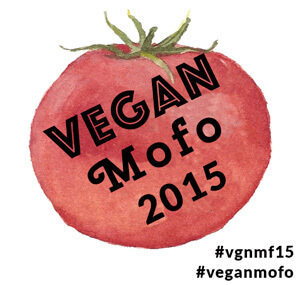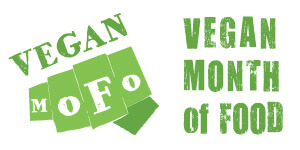
Shop on Amazon or Barnes and Noble
Many blogs have featured this newer cookbook on vegan casseroles. Since so many blogs had giveaways, sample recipes, and glowing reviews, I wanted to give the book a try. Which is a little weird since I never really grew up on casseroles. At least “all-American” casseroles. Sure we had mac and cheese, lasagna, and tuna noodle casserole. But that was mostly it. When I started to cook I was always intrigued by casserole recipes. They were so exotic and foreign to me.
So I can’t say if Julie has put all the classics in this book, but many looked familiar. She features both American classics (beans and rice, chili casserole, nacho tots) and more traditional cuisine (stuffed peppers, lasagna, mac & cheese). The overall goal of the book was to make quick dinners that give the comforts of casseroles, but were vegan and not too heavy on fats and calories.
Photos
Compared to most cookbooks reviewed on here, there aren’t that many photos. But truthfully, I doubt that you need a photo for each recipe. Casseroles aren’t the most photogenic food out there. But what I really appreciate is their choice of recipes to photograph. If the dish wasn’t as straight forward as a mixing all the food and baking, they took a picture. For example there was a photo of the stuffed cabbage or lasagna. These aren’t traditionally thought of “casseroles” but fit the definition. The photos that are available are beautiful and presents the foods as something delicious and appetizing. It is interesting to see some reviews online and see the not-so glamorous shots of the dishes. Not to say the blogger casseroles look disgusting, but the photos in the book are just a little more inspirational.
Set-up
The book opens with a very short intro. I think this was a smart choice. If you are picking up a book about specific vegan foods, there is a good chance you already know a good bit about veganism. You are going to know all the different vegan substitutes, which foods aren’t vegan, and the benefits of lifestyle. The book jumps right into the recipes, dividing them up as appetizers, dutch-oven casseroles, old favorites, pasta, vegetable, desserts, and “staples.” The staples section is filled with sauces, and crumbles for recipes. Although it was a pain to flip back and forth for some recipes between the nacho sauce and the casserole, it wasn’t too big of a deal. It was a little easier because by the end I started to memorize the sauce recipes, needing the flip pages less and less.
Writing
The writing is brief and to the point. This book had a small opening, and jumps rather quickly to the recipes. She keeps the length down in the recipes. There aren’t any long stories, cultural references, stories about the recipe development, just a short paragraph describing the dish. Sometimes she suggests how to enhance a dish (like in the Rice & Beans being served with lettuce, avocados, and salsa). This makes and easy read that isn’t distracting from the recipes.
Overview
The biggest criticism I’ve read about this book is how “unhealthy” the recipes are. I get it, what one considers healthy is subjective. I would say yes, these recipes are vast improvements on the originals. Casseroles are known for using cream, cheap meats, cheese, and canned soups. Some recipes use fake cheese, faux meats, and other processed ingredients. But realistically, you are using mostly whole ingredients that are commonly found in kitchens. Many of the “fakes” can be taken out, or is listed as “optional.” The serving sizes are huge and decently low calorie. I plugged in the ingredients in a calorie counter, and I found that the recipes have lots of nutrition.
Another arguement for the “it’s unhealthy” debate is that some foods are not made from scratch. This is true, but Julie Hasson points out in the book, if you want you can make your own seitan, soy cheese, or tater tots, but a casserole is suppose to be easy to make. You can do this with ALL of your food. You can make your almond milk, bread, dog food, kombucha, beer, etc. But we as humans can only do so much. That is why bakers, butchers, and restaurants showed up. We can only do so much. It is just your decision.
I think the important thing to put into perspective are the goals of the book. Julie Hasson wanted to make vegan versions of classic casseroles. They are suppose to be affordable, which they were. They were also suppose to be to a certain degree less processed, which most recipes didn’t use processed products. And the final criteria was that the recipes were suppose to be easy. Each recipe varied on the amount of worked required, but overall they were pretty eat to make. I don’t think there wasn’t anything that my husband and I didn’t like. There is definitely some foods that saved better than others, or little tricks to making it turn out better. But overall, I would recommend this book to pretty much any vegan.


